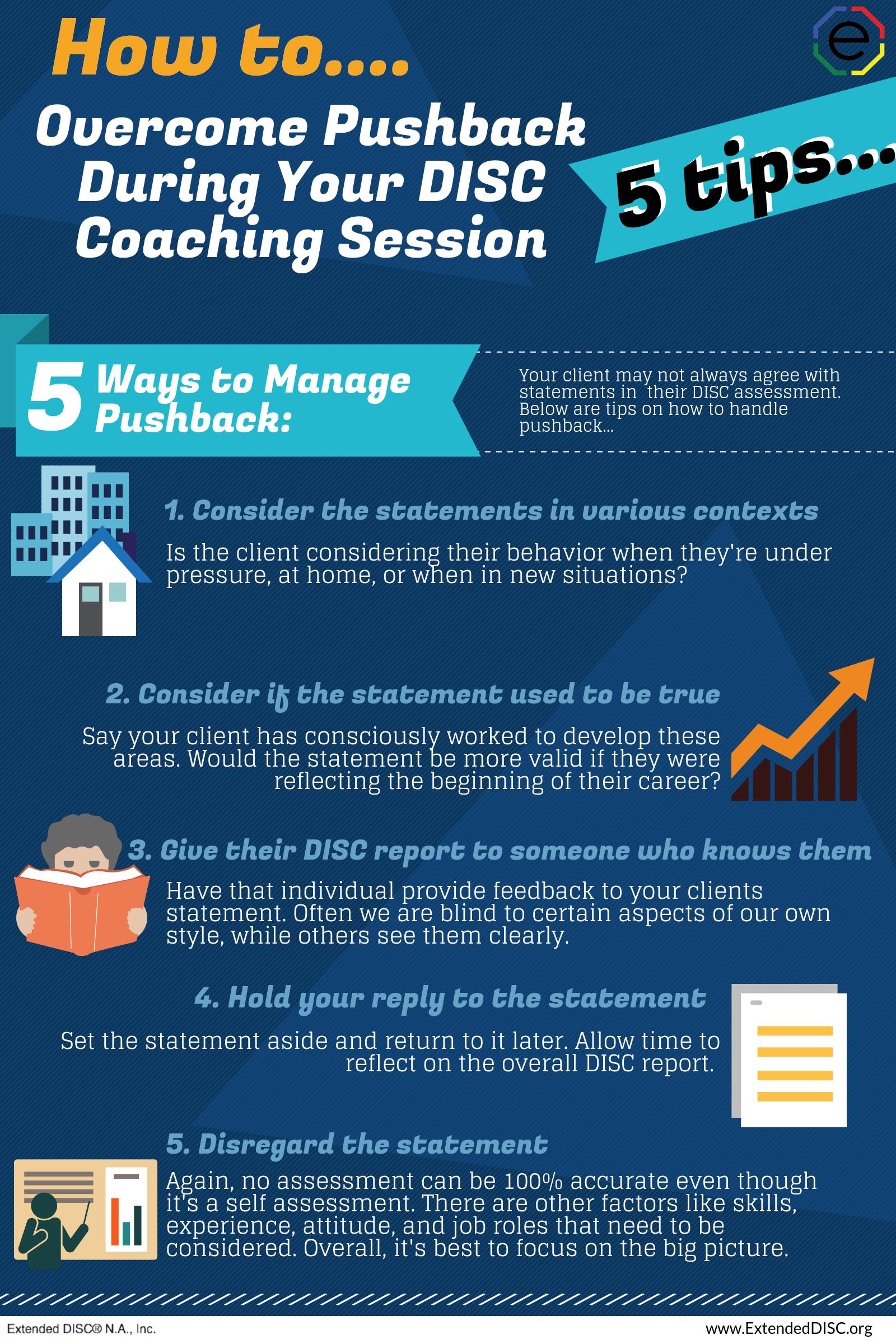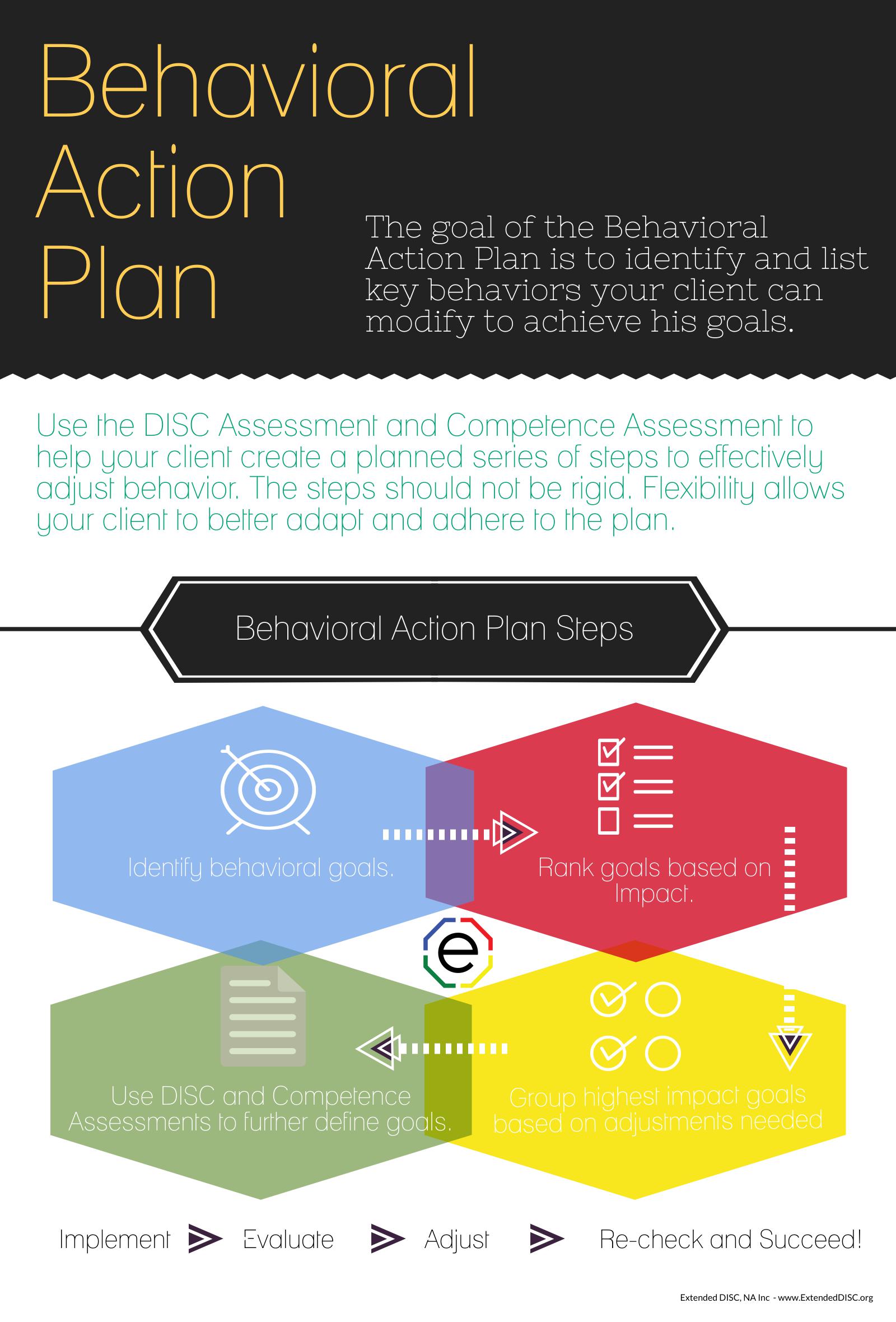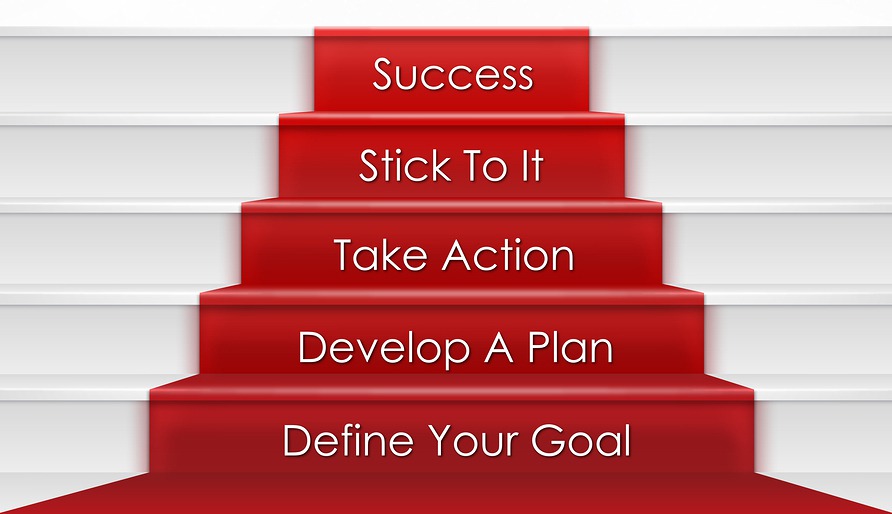Use of the DISC test in your workplace can lead to better understanding and interactions within your team. However, you may encounter resistance and misunderstanding during the process.
Just hearing the term “test” in the DISC test can create anxiety and resistance in different people. Your team is made up of a diverse group of personalities. Each of your employees have their own way of thinking and working, but they all have one thing in common. Like most of us, they don’t like change or even the potential for change; there are entire books written about how small changes can create discomfort and chaos in the workplace. Understanding why people fear and resist even small changes or new things can help you successfully integrate something new into your workplace routine.
When you decide to employ a DISC Style assessment to help better understand and manage your workforce, you may encounter some resistance from surprising places. People may resist trying something new. They may fear the unknown or it may stem from a lack of understanding. However, you can help overcome resistance by introducing the DISC test in the right way. Once your team understands how their DISC test can help them in the long run, they’ll be far more willing to play along. Some, including your High D types, will happily anticipate what they may see as a competitive opportunity to showcase their skills, even if results are just between the employee and HR.
Why We Resist New Things at Work

A DISC assessment is not a huge change, but it does imply that changes could be coming, depending on results. That distinction is enough to cause some of your team members undue stress. When something new is on the horizon, we resist for a few basic reasons, according to INC magazine:
People can fear the unknown. You don’t know what the new thing is or what it does, therefore you resist it.
Fear of failure: This new thing may require skills you do not have or that you won’t perform well on it, therefore, it should be resisted.
Disruption of routine: You get used to habits, and something new can disrupt the stability and foundation of your day.
Worries about the future: How will this new thing change my role, the workplace culture or my routine? What happens when the results come in? Who will see this, and will it impact my chances of advancement?
Providing your team with information on what the DISC test is, why you are using it and that your end goal is to make the workplace a better place to be can help allay many of these typical fears.
Ways to Combat DISC Testing Resistance
Often employees simply fear change or trying new things. Sometimes they don’t have enough information. Fully explaining what DISC assessments are, how they can benefit the workers who take it and most importantly, how you will use the DISC test results to make your workplace better for everyone can help make the test more acceptable. These tips will help reduce any lingering resistance and ensure your team is on board for your scheduled assessments.
Present It as a Gift
It works with pets and babies – and adults, too. Pushing something new, from a new leash to a new potty chair, can cause a puppy or toddler to resist. Offer that same item as a gift to be enjoyed and they may embrace it. Of course, your team is far more sophisticated than babies and pets. However, presenting the DISC assessment and its benefits can help bust any resistance.
With the DISC test, you’re offering your team access to deep insights that can help them move forward. Each team member will gain insights from the individual DISC report. The information can help with communication across the board, at work, at home, and socially. Pure curiosity can win out as well. Try having some of your more garrulous employees go first and watch them spread the word. The resulting conversations will pique the curiosity of the rest of the group and make them more willing to sign up for the assessment.
Reward Early Adopters

Make sure you have something special waiting for your participants. Consider giving a special perk or a nice breakfast treat to those who volunteer to go first. If you’re giving out free coffee and carbs, the word will spread fast and you’ll have a line waiting before you know it.
You may want to offer a perk to the first group to complete the assessment. It can be an effective way to kick start the DISC test process. Rewards can be simple and small, but still of value to the participants. Since there are no “right” answers or ways to win, the best way to get the desirable reward will be to sign up for the assessment in the early stages.
Make Sure Your Team Knows What DISC Is
Presenting information on the DISC model, the assessment, the different personality types and how it works in advance can help defeat resistance. You can point out that there are no right answers or “best” types and the DISC test cannot be “failed”!
For those who are not good with technology, focusing on the easy to take aspect and highlighting the fact that no special skills are required can ease any fears or concerns they may have. Your young, digital natives will have no issues, but some senior team members may not feel confident enough in their own skill sets to face what they could see as a technological challenge.
Recruit the Influencers First
Managers, team leaders and key influencers will have a big impact on how the rest of your team feels about the assessment. When these leaders, well liked individuals and trend setters are onboard, many of your team members will follow along. The DISC test will be seen as having built in approval from your team influencers . Get some of your sociable extroverts to take the DISC test first. Their natural talkative nature will help spread the word that there is no cause for concern.
Reveal Your Reason for Testing
Let your team know why you are offering the DISC test. Are you finding new ways to support your team, or looking for better ways for them to collaborate, etc.? Once your team realizes that the whole reason for testing is to come up with a better culture for everyone, they’ll be more likely to get onboard.
Be Proactive When Using the DISC Test

Most of your team member’s resistance often occurs in the preliminary stages. Once your team sees how easy the assessment is to complete and how useful it actually is, you should encounter little to no resistance. When the results roll in, you may encounter similar resistance. Focus on helping your team work though results that might be surprising or needs further discussion.
The resistance we see to the idea of taking the DISC test is usually based on fear; once you fill in the blanks on the unknowns, let your team know just how simple the test is and highlight the beneficial end results, you should not have any problem getting everyone onboard.
Ready to access new insights and take your workplace culture to a whole new level? DISC testing can help you get the information you need to help your team grow and succeed. Contact us to learn how easy it is to get started and to find out just how much a DISC assessment could help your workplace thrive.

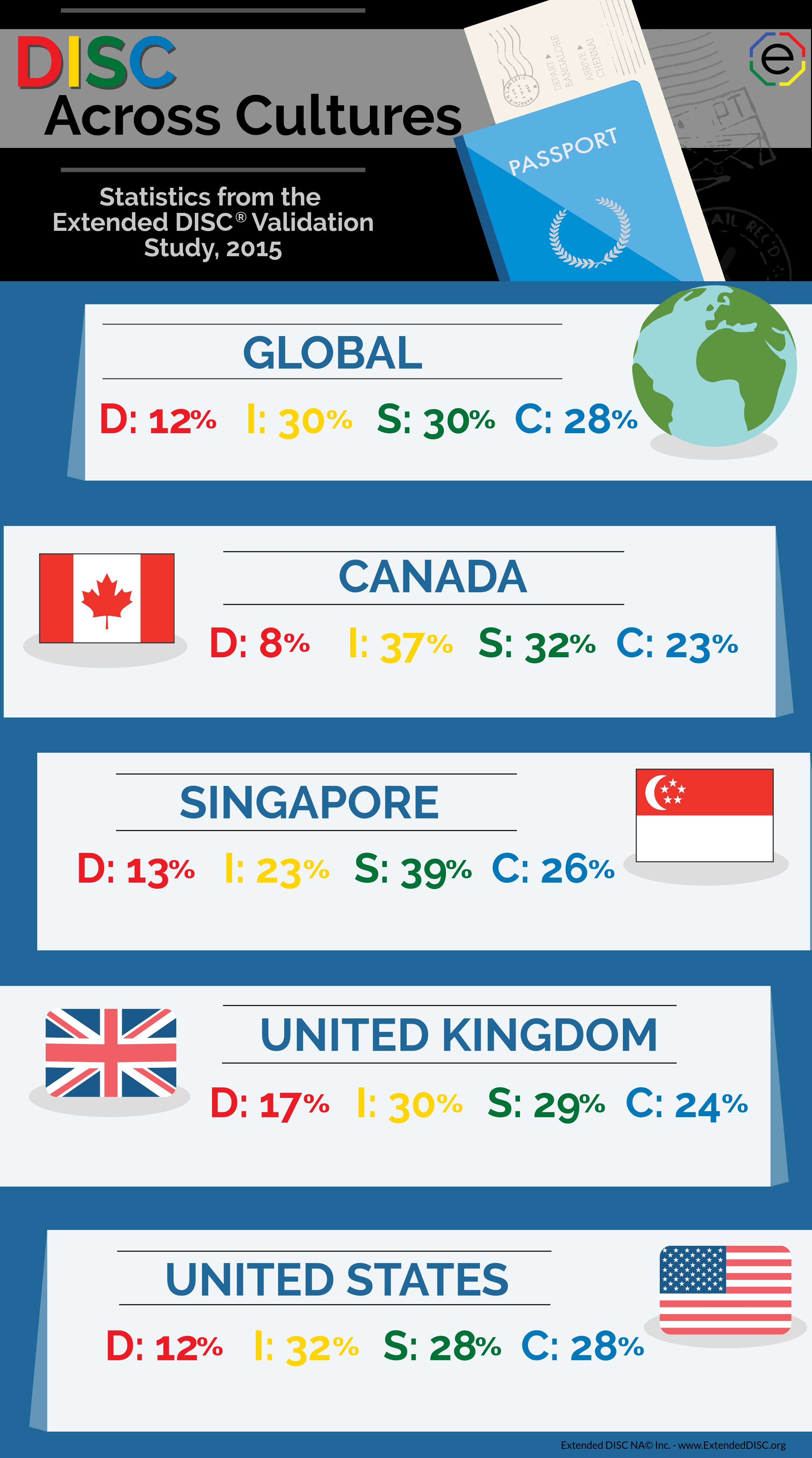




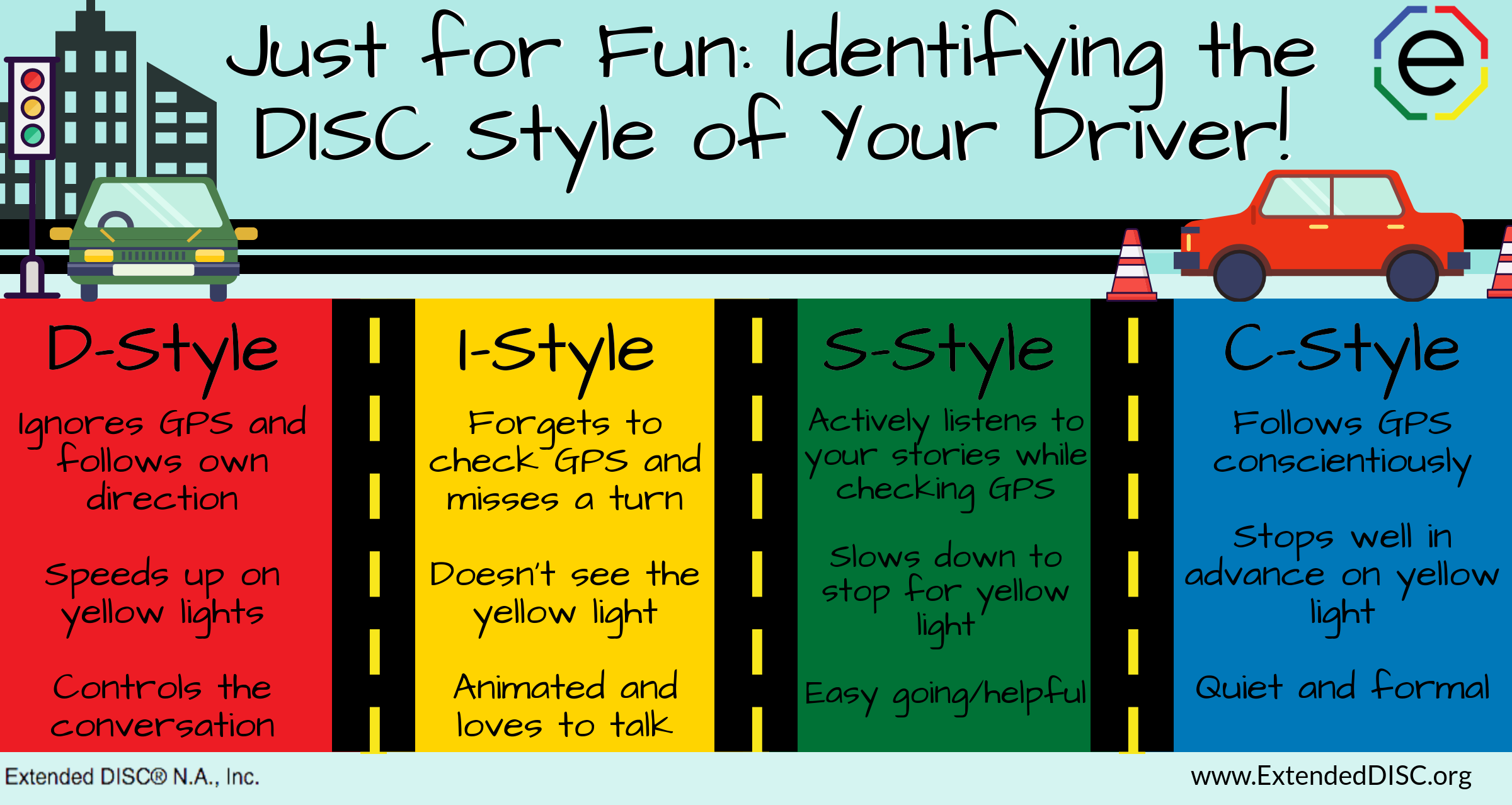
 Adam Cravens with Liberty Mutual! Adam guessed the correct Extended DISC original money jar amount of $796 at HRSouthwest 2017!
Adam Cravens with Liberty Mutual! Adam guessed the correct Extended DISC original money jar amount of $796 at HRSouthwest 2017! The more you do to improve your workplace morale and keep your team positive and satisfied, the less likely you are to experience a lot of turnover or churn from your best talent.
The more you do to improve your workplace morale and keep your team positive and satisfied, the less likely you are to experience a lot of turnover or churn from your best talent. Recognize accomplishments. It may be easy to recognize and reward that one high D saleswoman. However, you need to consider the support team that made sure your company’s biggest order ever was delivered on time and in perfect condition. Make sure that your employees feel valued and that their contributions are noted. Highlight this team in the company newsletter. Take everyone out for coffee (or order in). Send a note of thanks to keep everyone happy. These are simple, but effective ways to promote morale.
Recognize accomplishments. It may be easy to recognize and reward that one high D saleswoman. However, you need to consider the support team that made sure your company’s biggest order ever was delivered on time and in perfect condition. Make sure that your employees feel valued and that their contributions are noted. Highlight this team in the company newsletter. Take everyone out for coffee (or order in). Send a note of thanks to keep everyone happy. These are simple, but effective ways to promote morale.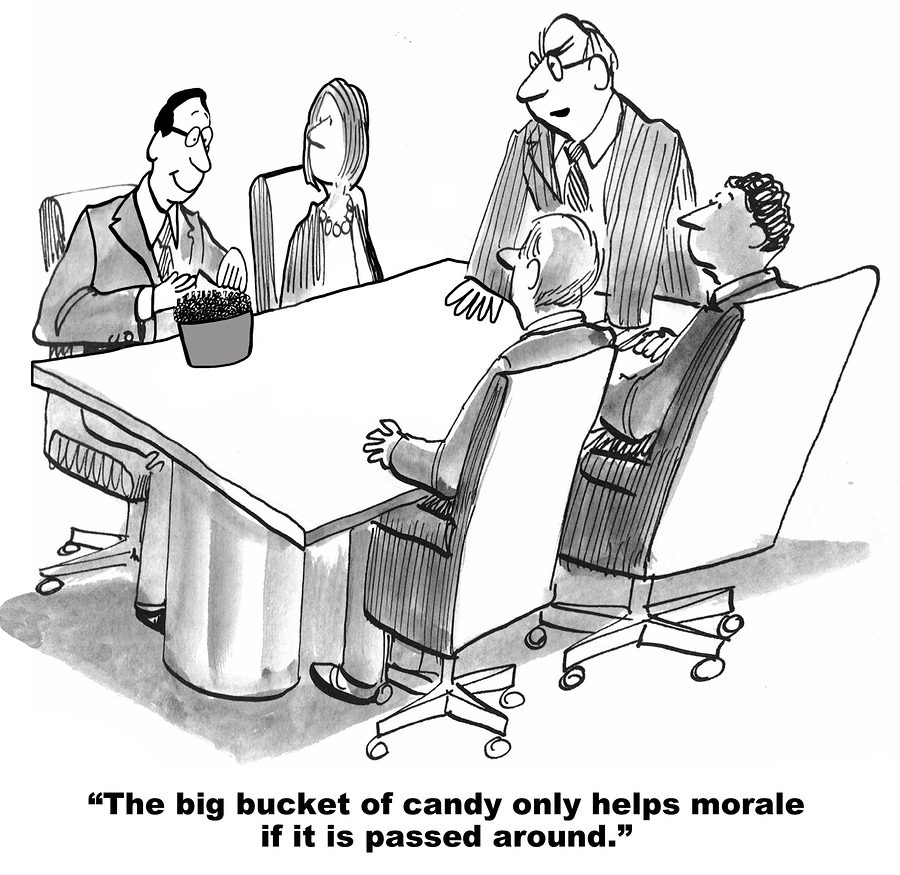 You can’t do it all at once, so what should you try first? A look at your team and their individual DISC assessment profiles can help you figure out if you need relaxing fun, indulgent food or some hard driving competition – or a little of each. Learning more about what motivates your team can help you determine which approaches are most rewarding and enjoyable for them; once you know, you can improve morale with ease. Need to know your team’s DISC profiles and styles? We make it easy!
You can’t do it all at once, so what should you try first? A look at your team and their individual DISC assessment profiles can help you figure out if you need relaxing fun, indulgent food or some hard driving competition – or a little of each. Learning more about what motivates your team can help you determine which approaches are most rewarding and enjoyable for them; once you know, you can improve morale with ease. Need to know your team’s DISC profiles and styles? We make it easy! 

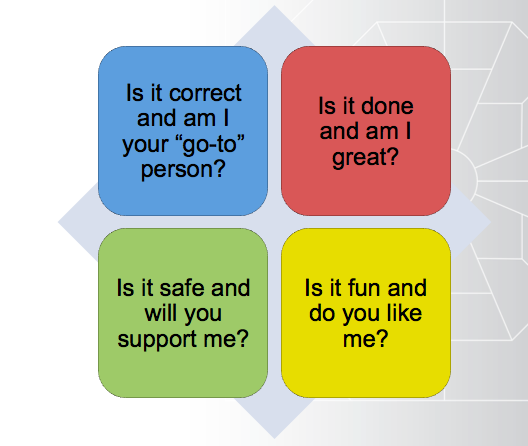 First step to identifying someone’s DISC style is to simply observe behaviors. What does the other person tend to talk about? S-styles prefer to focus on family and relationships. What if they tend to focus on hobbies, accomplishments, or name-dropping? Do they talk a lot or do they say nothing at all? Are their emails short or long and detailed? You’re looking for patterns in their behaviors.
First step to identifying someone’s DISC style is to simply observe behaviors. What does the other person tend to talk about? S-styles prefer to focus on family and relationships. What if they tend to focus on hobbies, accomplishments, or name-dropping? Do they talk a lot or do they say nothing at all? Are their emails short or long and detailed? You’re looking for patterns in their behaviors.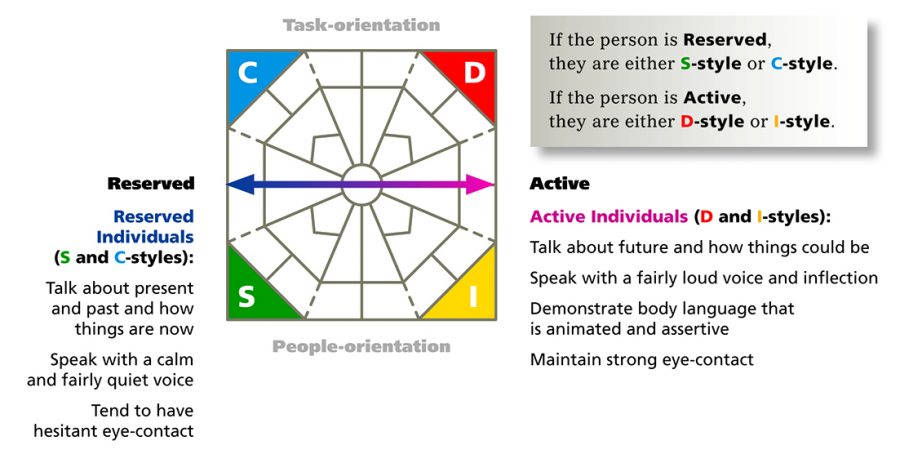 Once you’ve identified patterns of behaviors you ask yourself two basic assessment questions. First, determine if the person appears to be more Active or Reserved. Does the person tend to talk about future and how things could be? Are they more likely to talk about themselves as individuals? Is their body language more animated or assertive? Do they maintain strong eye contact? Do they speak with a louder voice and use lots of inflection. If so, they will more likely be on the Active half of the DISC Diamond, and therefore, either D-style or I-style.
Once you’ve identified patterns of behaviors you ask yourself two basic assessment questions. First, determine if the person appears to be more Active or Reserved. Does the person tend to talk about future and how things could be? Are they more likely to talk about themselves as individuals? Is their body language more animated or assertive? Do they maintain strong eye contact? Do they speak with a louder voice and use lots of inflection. If so, they will more likely be on the Active half of the DISC Diamond, and therefore, either D-style or I-style.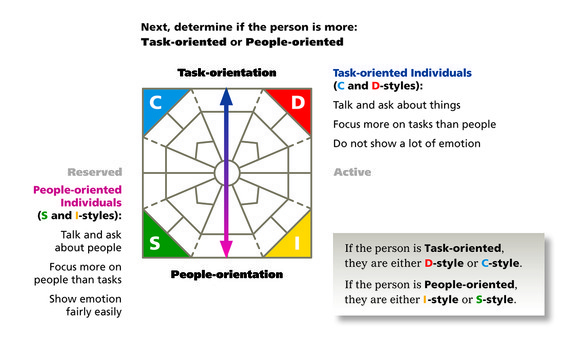 Now that you’ve identified Active or Reserved, you will need to determine if the person is more Task-oriented or People-oriented. Do they talk and ask more about things? Do they focus more on tasks than on feelings and people? Are they less emotional? If you’ve identified the person as Task-oriented, then they will be either D-style or C-style.
Now that you’ve identified Active or Reserved, you will need to determine if the person is more Task-oriented or People-oriented. Do they talk and ask more about things? Do they focus more on tasks than on feelings and people? Are they less emotional? If you’ve identified the person as Task-oriented, then they will be either D-style or C-style.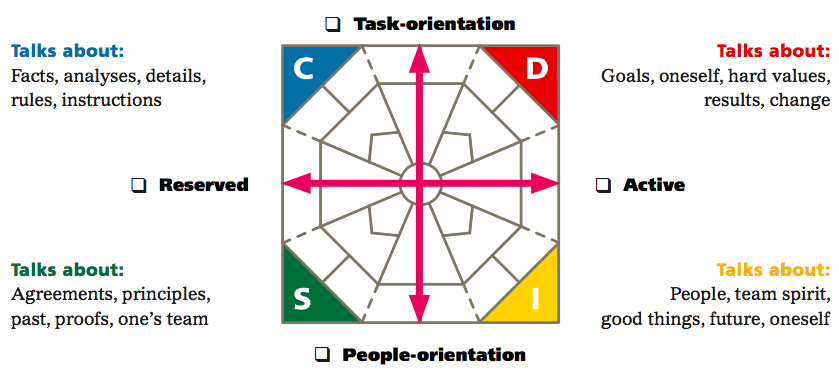 Now you have the information needed to recognize the person’s DISC style. You’ve used your observations to determine which 2 halves of the DISC Model the person is most likely to be on. By narrowing down the halves, you end up identifying the one DISC style the person is most likely to be.
Now you have the information needed to recognize the person’s DISC style. You’ve used your observations to determine which 2 halves of the DISC Model the person is most likely to be on. By narrowing down the halves, you end up identifying the one DISC style the person is most likely to be.

